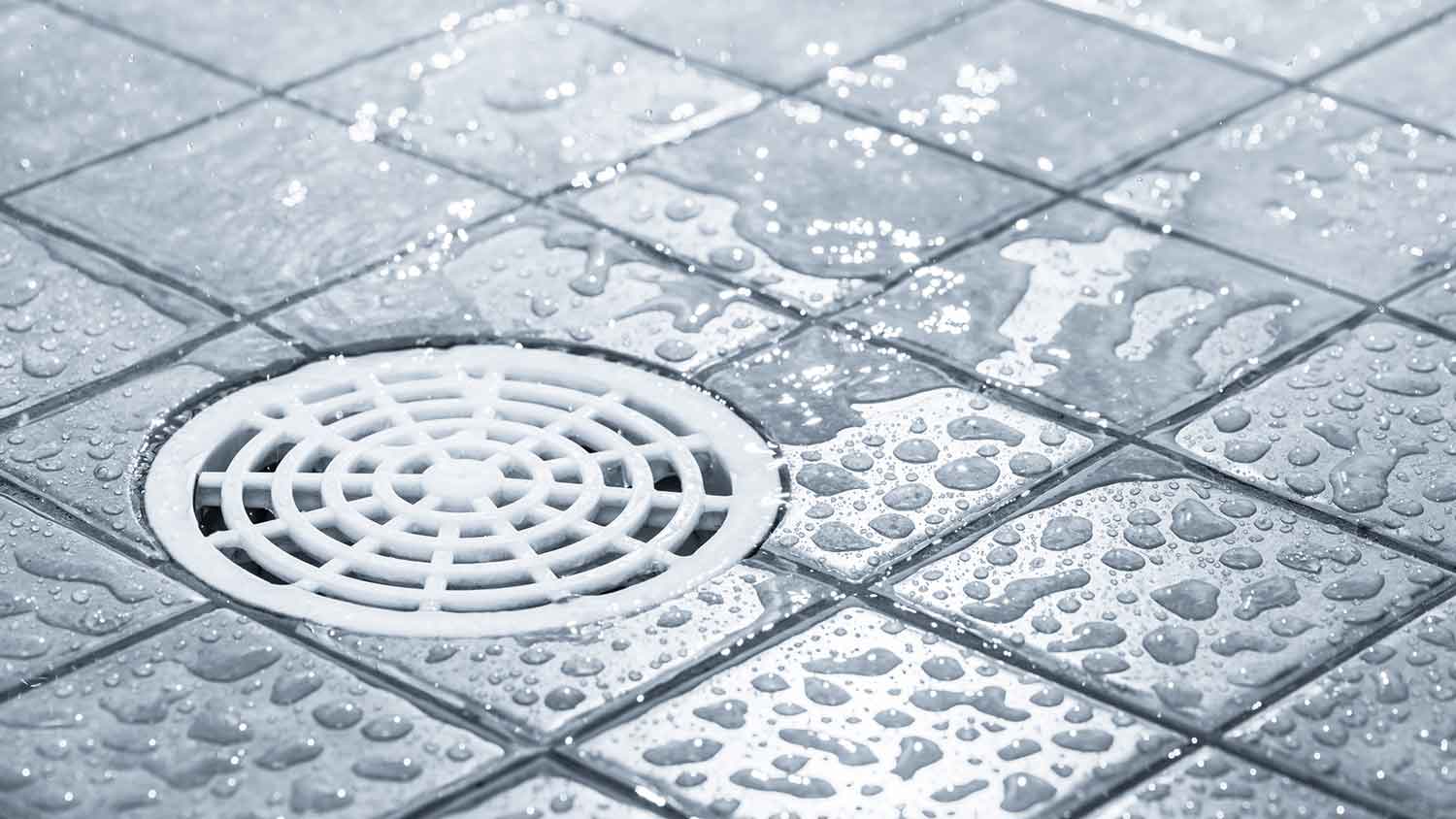9 Tips for Extending Your Water Heater’s Life Span
Keep your water heater running longer and the hot water flowing with these tips


Those hot showers you love? You can thank your water heater for that. And even though your heater doesn’t earn consistent praise while it’s functioning properly, you’d immediately notice if it stopped. Your water heater plays a major role in everyday life, and repairing such a vital system is costly, so why not squeeze as much life from it as you can?
Regular maintenance is the key to extending your water heater’s lifespan. To keep the hot water flowing longer, follow these simple tips for preserving your system.
What’s the Average Life Span of a Water Heater?
The average life span of a residential water heater is 8 to 12 years, and a replacement costs as much as $1,500, depending on the system you choose. For example, a tankless water heater can last at least 20 years and a tankless replacement costs between $1,175 and $3,366. Regardless of the unit’s expected life span, you can tack on a few more years with proper routine maintenance.
Tips to Extend the Life Span of Your Water Heater
Regular maintenance is the key to a lasting heater. Here are a few tips you can use to keep your water heater functioning longer.
1. Add an Expansion Tank
Water expands when it’s heated, and expanded water with nowhere to go can cause the internal pressure to rise. An expansion tank’s sole purpose is to attract the high-volume water in your heater and quickly reduce the pressure. Without it, your system could consistently reach a higher thermal temperature and have a greater chance of bursting or failure.
2. Inspect Gas Lines
If your water heater is connected to a gas line, perform regular checks to ensure there aren’t any cracks, rust, or leaks in the line. If you notice any of these signs of disrepair, contact your local plumber to repair the line immediately.
3. Perform Routine Maintenance
The best way to keep your water heater working for longer is to perform routine maintenance checks. It’ll help you see what needs to be replaced or fixed before it causes irreversible damage to your appliance or stops working completely. During your checks, make sure you:
Clear the area around the water heater
Learn how to turn off the water
Keep handy information written down, like the type of water heater you have, the location in your home, the model number, and the serial number
4. Install a Water Softener

Your home’s water quality can affect your heater’s life. If your water supply has high levels of calcium and magnesium, you could have hard water. Hard water causes sediment deposits to form at the bottom of your heater, and if left alone, can drastically reduce its lifespan.
The good news is that you can install a water softener, which will filter out the minerals that cause hard water, allowing only (or mostly) soft water to flow through your plumbing system.
5. Test the Pressure Relief Valve
The pressure relief valve is a safety valve located on either the top or side of the water heater. Its purpose is to automatically open and release water if the pressure inside your water heater gets too high. In the case of valve failure (a worst-case scenario), your water heater could explode.
Test your pressure valve regularly to ensure your heater lasts as long as possible. You can do this by placing a bucket underneath the T&P valve, lifting its lever, and releasing a few gallons of water. Once you close the valve, the water should stop flowing entirely. If it doesn’t, it’s time to replace it.
6. Insulate the Pipes and Heater
While insulating your pipes won’t directly extend your water heater’s life span, it will make it more energy-efficient. And who doesn’t want that?
If you’ve noticed an increase in your electricity bill, it could be a sign that your system is struggling to heat your water. Insulating your pipes can make your water heater more energy-efficient and increase its temperature by two to four degrees. It can also protect your cold water pipes from freezing and potentially bursting during cooler months.
7. Check the Anode Rod
The anode rod is a long metal rod that protects your water heater tank from rusting. It attracts corrosion so that your heater doesn’t develop rust on the inside. Eventually, that rod will become corroded after years of fighting rust and leave your unit vulnerable to corrosion.
This little rod has the power to extend up to double the life span of your water heater. It can last anywhere from five to ten years, but you’ll want to check it every year just in case. Factors like the amount of water you use and the hardness of your water will determine when it needs replacing.
To check the anode rod, turn off the water and any electricity or gas to the heater. Then drain a few gallons of water—not all—into a bucket. Locate the anode rod, usually placed under the water heater’s lid or on the top of the unit near the hex head, and examine the rod. If more than 50% of it is corroded or covered in calcium, then it’s time to replace it. The good news, though, is that it generally only costs around $20 to $50 for a replacement rod and between $50 and $150 per hour to hire a professional for this relatively quick project.
8. Use Vacation Mode
Set your water heater to vacation mode when you’re, well, going on vacation. Vacation mode lowers your water temperature to not consume unnecessary energy to heat water you won’t use. Activating this feature will increase your energy efficiency, save money, and prevent sediment buildup and corrosion.
If your water heater doesn’t have a vacation mode, you can still set it to a lower, more energy-efficient temperature. Contact a local plumber if you’re unsure how to do this safely.
9. Regularly Flush the Tank

Sediment buildup, often caused by natural mineral deposits or particles in your water supply, can settle at the bottom of your tank and cause internal corrosion and affect its performance.
Keep your water heater performing at its best by flushing your water heater every year. Doing this is simple; just drain approximately three gallons of water from your tank to remove buildup. Be careful while draining, as this water will be very hot.
However, consider flushing your system more than once a year if you live in an area with hard water where mineral deposits occur more frequently.
Signs It’s Time to Replace Your Water Heater
While proactive maintenance will extend your heater’s life span, it won’t completely stop issues from occurring in your system. Here are a few signs that your water heater needs more help and that it might be time to replace it:
No hot water
Strange sounds coming from your system
Rust in water
Leaking from the bottom of the heater





- Gas Plumbers
- Plumbing Repairs
- Sump Pump Installation
- Wood & Pellet Stove Repair
- Shower Repair
- Wood Stove Services
- Emergency Plumbers
- Fire Sprinkler Contractors
- Perc Test Companies
- Toilet Repair & Installation
- Boiler Repair
- Sewer Line Repair
- Faucet Repair
- Main Drain Camera Companies
- Foundation Drain Installation
- French Drains
- Bathtub Replacement
- Subcontractors
- Storm Drain Contractors
- Affordable Plumbing
- Plumbing & Heating Companies
- Bathroom Repair Services
- Sink Installation
- Commercial Plumber
- Barndominium Builders
- Water Line Repair
- Faucet Installation
- Water Line Installation
- Leak Detection










